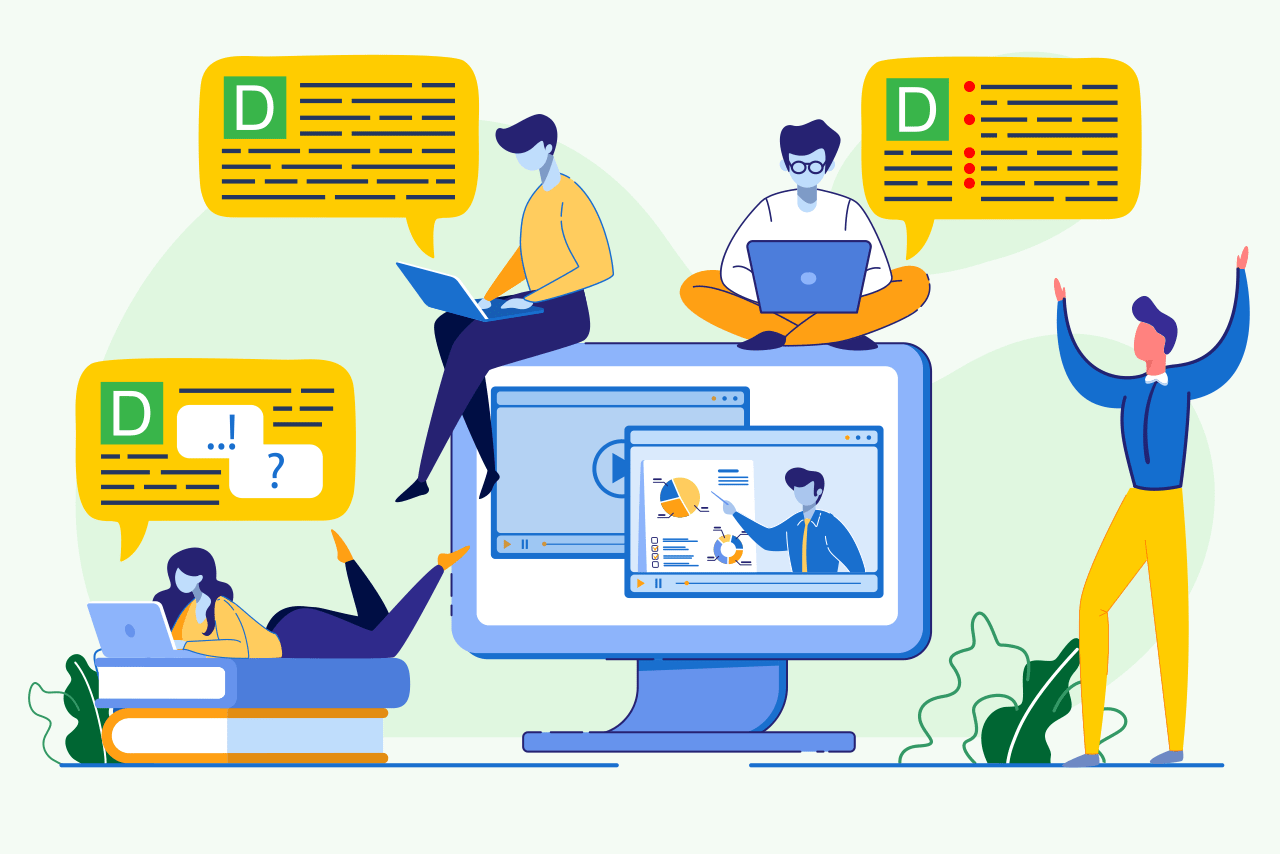
Training is important in every organization. It means that you can be sure that your employees have the right skills necessary to do their jobs.
While qualifications and credentials are often necessary as part of the recruitment process when hiring new employees, the onboarding training program should not be a finishing point of the learning process. Ongoing employee training and development is essential to ensure that your workers have the skills they need to carry out their roles within your organization.
Important reasons to invest in training
Workers who don’t receive training can be inefficient, can cause costly mistakes, have a low production value, and can cause you to lose customers.
A workforce that receives training means the production process is improved, and costs are reduced, time spent in creating products or delivering services is reduced, mistakes are reduced, confidence in your workforce is increased and overall you’ve created an improved working environment for your employees.
When you implement standard training programs across your organization, you also ensure consistency, particularly when it comes to policies and procedures. It creates a level playing field where everyone knows what the expectation is of them and completely understands how the company works and how they fit in, contributing to the success of the team.
Training is also important for employee engagement. When your employees are engaged, they feel valued and are happy to come to work for your company. This, in turn, can result in greater levels of productivity, increased profitability, fewer mistakes, and customer satisfaction and helps you to attract and retain top talent.
Different types of employee training and development programs commonly offered
While employee development programs will differ depending on your organization and the industry you work in and its specific needs, these are the common types of training offered in organizations:
- Corporate induction training - where you introduce your employees to the way you do certain things within your organization.
- Training in new software or systems that are used within your organization.
- Quality training to detect issues in organizations that are responsible for delivering a product or service where there are standards and measures in place externally they are judged on and measured by.
- Training in new policies and procedures so employees know the new way of doing things in your company.
- Training when there are legislative changes affecting your industry that your organization must comply with.
- Soft skills training to improve interpersonal skills, communication, and relationships. This could also include things like sexual harassment, discrimination, and other HR issues.
- Cybersecurity training so you can be sure that your employees understand how to identify potential threats and understand the role they have in keeping your company’s IT systems and data safe.
- Safety training – when employees are given clear instructions on avoiding dangers and hazards within their organization, particularly if they are in an environment with machinery, chemicals, and any other health hazards.
- Emergency preparation training, such as drills and evacuations, so employees know what to do in the event of a crisis or critical incident.
- Manager training – where employees who have been promoted to management positions understand what is expected of them and what responsibilities they will have at the next level within the organization.

Steps to take in developing an employee training plan
When it comes to developing and delivering an appropriate training program for your organization, there are a range of factors you need to take into account, including your objectives, what skills gaps or skills shortages your workforce has, and how you will quantify and evaluate the training.
Identifying the topics you need to train employees on might be obvious, for example, when there are new procedures or legislative changes. Other times, you might have to conduct research to identify where the skills shortages are and also determine what skills your people will need to future-proof your company. Consulting widely with management and employees alike can help you to determine your organization’s training needs and goals.
Once you have determined the topics for employee training, you should turn your attention to the best way of delivering the training within your organization.
There are pros and cons to each type of training method in an employee development program, including the practicalities of taking multiple employees offline at the same time in order to be trained, the learning preferences of your employees, issues with geographic spread, issues with budgets, and other practicalities.
Some topics will lend themselves to a particular style of training; other times you might want to try a combination of styles.
Common employee training delivery methods include:
- Traditional lectures or workshops led by an instructor
- eLearning, including videos and interactive quizzes
- On-the-job, hands-on training
- Mentorship and coaching
- Group discussions and role-playing situations
- Case studies and reading
Finally, once you have delivered training programs in your organization, you need to measure their effectiveness. This is important so you can redesign the programs if they aren’t fulfilling your training needs.
You can gauge how effective your training has been by getting feedback from employees, quizzing them to determine if they have learned anything, and tracking improvements in performance in your organization by benchmarking standards before and after training to see if they have lifted.
How DeskAlerts can assist your employee training and development
DeskAlerts is a versatile internal communications tool built around a platform that sends notifications to employee computers and devices. This can include pop-up notifications, mobile notifications, corporate screensavers, corporate wallpaper, digital signage displays, and scrolling tickertape.
Content sent by DeskAlerts has a 100% open rate, and notifications can’t be skipped or ignored. It’s a much more reliable way of providing information to staff than email or by placing content on the corporate intranet and hoping for the best that employees will read the messages.
DeskAlerts lets you send messages to the entire organization at once, or you can target specific groups of employees. For example, you can send messages to all accounting staff or all employees in a particular regional office.
When it comes to employee training, you can use DeskAlerts in the following ways:
- Build it into your training processes to alert staff to new employee training and development opportunities.
- Overcome obstacles posed by having a diverse geographic workforce: deliver training at a convenient time no matter what the time zone is or how hard it is to get everyone together at once.
- Use it for ongoing, passive educational delivery, reminding employees about obligations such as safety, cybersecurity, and emergency preparedness.
- Deliver video education.
- Use the statistics, quizzes, and polls modules to test your employees’ knowledge or to gather feedback about the effectiveness of the training.
- Send reminders targeted to individuals who haven’t completed mandatory training and continue to target them until they do.
 Caroline Duncan
Caroline Duncan








